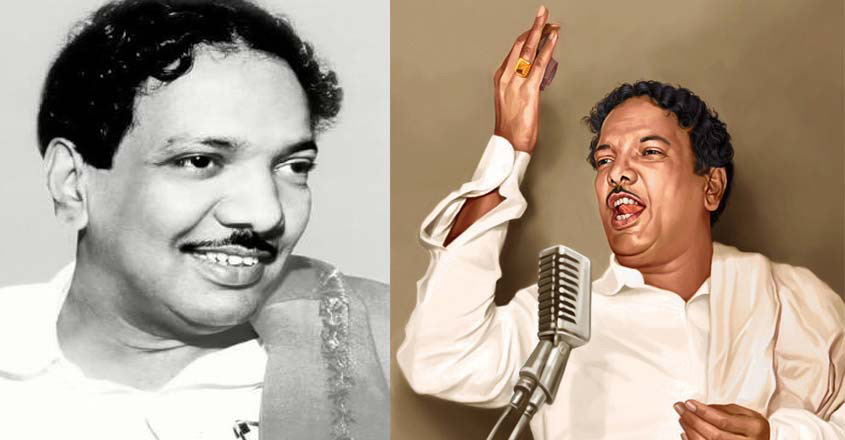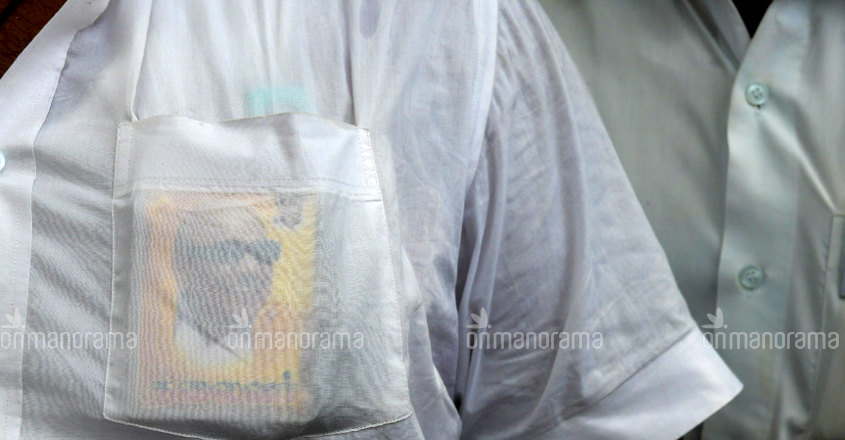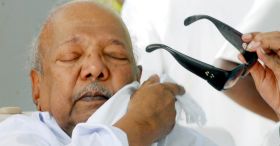
Muthuvel Karunanidhi will be remembered as one of the most colourful and daring politicians of his time. A shrewd politician, he was endowed with brilliant screen-writing skills and oratory, which catapulted him to political heights over his over six-decade-long career, and earned him the sobriquet Kalaignar (artist).
Born to a backward Isai Velalar family on June 3, 1924, at Thirukkuvalai in Thanjavur district, Karunanidhi took the plunge into active politics at a young age after being hooked to the Dravidian movement led by reformist leader 'Periyar' E V Ramasamy.

He became an active member of the Tamil Nadu Manavar Mandram at 14 and joined the DMK when C N Annadurai founded the party in 1949. He contested the first elections to the Tamil Nadu Assembly after the state’s formation in 1957 and emerged victorious. There was no looking back ever since.
Even in the 1991 Assembly elections, which saw a wave of sympathy in favour of the AIADMK-Congress collation following the assassination of Rajiv Gandhi, Karunanidhi held his own. In that polls, only two DMK candidates, including Karunanidhi, managed to win.
In 1962, Karunanidhi contested from Thanjavur, while in 1967 and 1971, he shifted to the Saidapet constituency. In the following elections, he successfully contested from Anna Nagar (1977 and 80), Harbour (1989 and 91), and Chepauk (1996, 2001, and 2006).
In 1983, Karunanidhi quit his MLA post to express solidarity with Sri Lankan Tamils following the riots in the island-nation. In 1984, he chose to give the polls a miss, having been elected as a member of the legislative council. Though he won from the Harbour constituency in 1991, he resigned his seat immediately after Jayalalithaa vowed to exact revenge for forcing her to leave the assembly in humiliation with her torn attire a couple of years ago. Karunanidhi returned to the assembly only after becoming the chief minister in 1996, his fourth term in office.
Karunanidhi, who became the DMK treasurer in 1961, muscled his way to the top echelons of the party and became the deputy leader of the Opposition in the 1962-1967 period. When the DMK came to power in 1967, he held the plum the Public Works portfolio. Following the death of Annadurai in 1969, he became the chief minister as well as the DMK president.

Known for his political acumen and leadership skills, Karunanidhi has served as Tamil Nadu chief minister five times (1971-76, 1989-91, 1996-2001, and 2006-2009).
With three wives, he has six children in all. He married Dayaluammal four years after his first wife, Padmavathi, died in 1944, leaving behind a son, M K Muthu. Azhagiri, Stalin, Selvi and Tamilarasu were born to his second wife Dayaluammal, while Kanimozhi is the only daughter from his third wife, Rajathiammal.
In his 60-year long legislative career, Karunanidhi has never tasted defeat, winning every time he has contested. The only political battles he lost was against his friend-turned-foe and AIADMK founder M G Ramachandran, as he remained in the shadow of MGR's charisma and the power of populism when the latter enjoyed a sort of cult status in Tamil Nadu. Although Jayalalithaa carried forward MGR's legacy and became one of the most powerful female politicians in the country, she too found it hard to match the political wizardry of the veteran leader.



